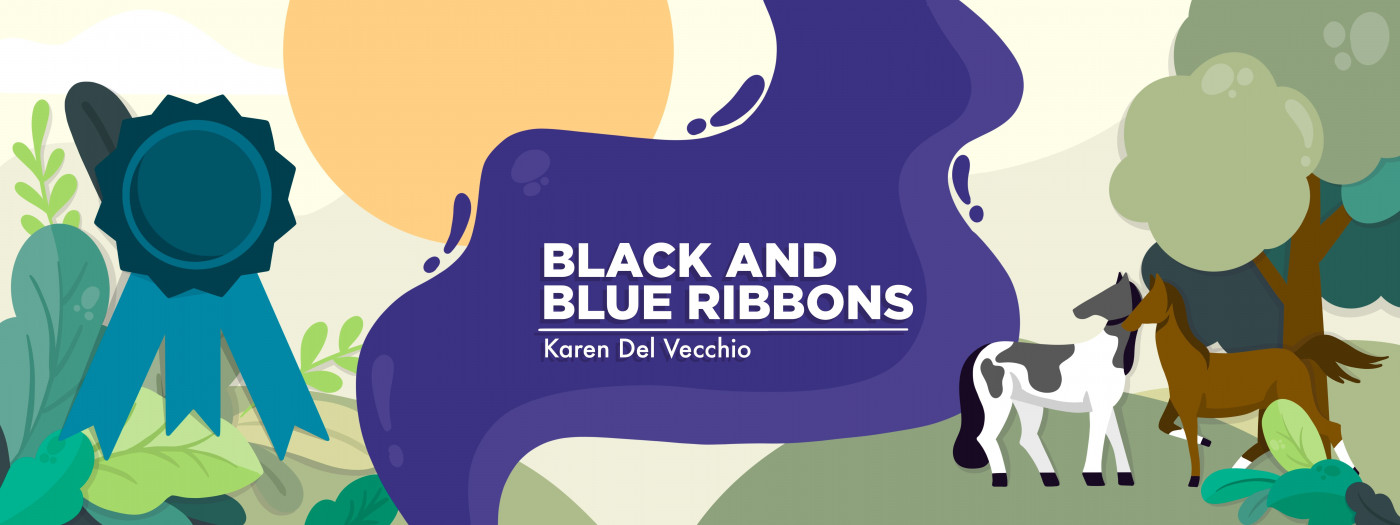Summer’s Here, Which Means More Time to Recharge My Batteries
Written by |

Now that this crazy school year is out and I have a few weeks off, I’ve tried to come up with a plan for the summer to help me reset and recharge so that I can be ready for whatever the upcoming school year throws at me.
With COVID-19 and the learning losses associated with it, and simply by working with high school students, I never quite know what life will be like from one day to the next. With Ehlers-Danlos syndrome and the chronic fatigue associated with it, having school holidays and breaks to catch up on sleep and focus on self-care is critical for me.
As both a college counselor and a teacher, I do a bit of work over the summer, but I don’t have to be in the office for the most part. I’m available by email, and starting in July, I’ll be at school one day per week. Overall, I’ll have a lot more freedom than I do during the regular school year.
One thing I try to prioritize during this time is sleep. I try to keep to a regular, reasonable bedtime, and on most summer days, my alarm goes off at 7:30 a.m. That way, I typically get up to 10 hours of sleep each night, which helps a lot. After a few weeks of solid sleep, I always feel more refreshed.
I manage many of my EDS symptoms, including soreness and fatigue, with activity and motion. I actually do better in the summer because I spend most of my days outdoors on the farm doing a variety of chores and riding horses. I’ve found that low-key, frequent movement and barn-style “workouts” involving chores are usually great for me. But I’ve also learned that if I’m having a painful day, it’s OK to ask for help lifting that 5-gallon bucket of water or bale of hay.
By recognizing when I need to avoid pushing myself, I’m less likely to drive myself into a full-on pain flare. They still happen, of course, but as stubborn as I am, I’ve still learned that I don’t prove anything to anyone by ignoring my limits and making myself sore for days or even weeks.
Usually, riding is a form of physical and emotional therapy for me, but currently my horse Cherry is injured. I work a full-time job and two part-time jobs to be able to have my two horses, and while it’s frustrating that I can’t ride right now, it’s part of life on a farm.
I’ve tried instead to make the best of it by spending time around the barn doing chores, helping friends, and simply enjoying being with Cherry and Spotty, my retired horse. If my favorite form of relaxing my mind and keeping my additional diagnosis of anxiety in check is off the table for now, I must find the next best option.
While riding is great, the relationship I have with my horses is much deeper, and simply spending time with them and being outdoors are balms to the chaos of daily life.
One of the best things about working with horses, which I started doing when I was 18, is that it forced me to learn patience. As a child, I was also known for being incredibly impatient, a trait that generally didn’t go well with managing a chronic disorder. Horses pick up on how their handlers’ feel, so it’s important to leave the day’s stress behind when walking into the barn. That lesson has proven invaluable to me in managing my EDS as well. Sometimes, I simply need to put the emotions around managing it aside for a time, even if only briefly.
It’s a daily balancing act between managing self-care and recognizing my boundaries, while at the same time not letting EDS dictate my life. Over the years, I’ve gotten to a point where I do much of this subconsciously, but when I do think about it, I realize that it’s still something I do daily — I just don’t think about it that way anymore.
Note: Ehlers-Danlos News is strictly a news and information website about the disease. It does not provide medical advice, diagnosis, or treatment. This content is not intended to be a substitute for professional medical advice, diagnosis, or treatment. Always seek the advice of your physician or other qualified health provider with any questions you may have regarding a medical condition. Never disregard professional medical advice or delay in seeking it because of something you have read on this website. The opinions expressed in this column are not those of Ehlers-Danlos News or its parent company, Bionews, and are intended to spark discussion about issues pertaining to Ehlers-Danlos.




Jaquelin Gotlieb, MD
Thank you for your thoughts. I have only recently (last 5 years) really accepted that I have HSD. I started having sprained ankles at age 14, and have had 3 more since then. Exhaustion and depression have been a life-partners since college and med school. I have finally retired from primary care Pediatrics at age 75, and it is a wonderful thing to be able to regulate my life by what my mind and body need, not what everyone else needs. I am still involved with policies and planning at our office, but I also have time for the PT (recovering from shoulder replacement) and gardening (my lifetime refreshing activity) and other household chores that used to take up all of the time not in the office. Thank God that I have wonderful doctors who listen to me and have helped me tremendously along my journey.